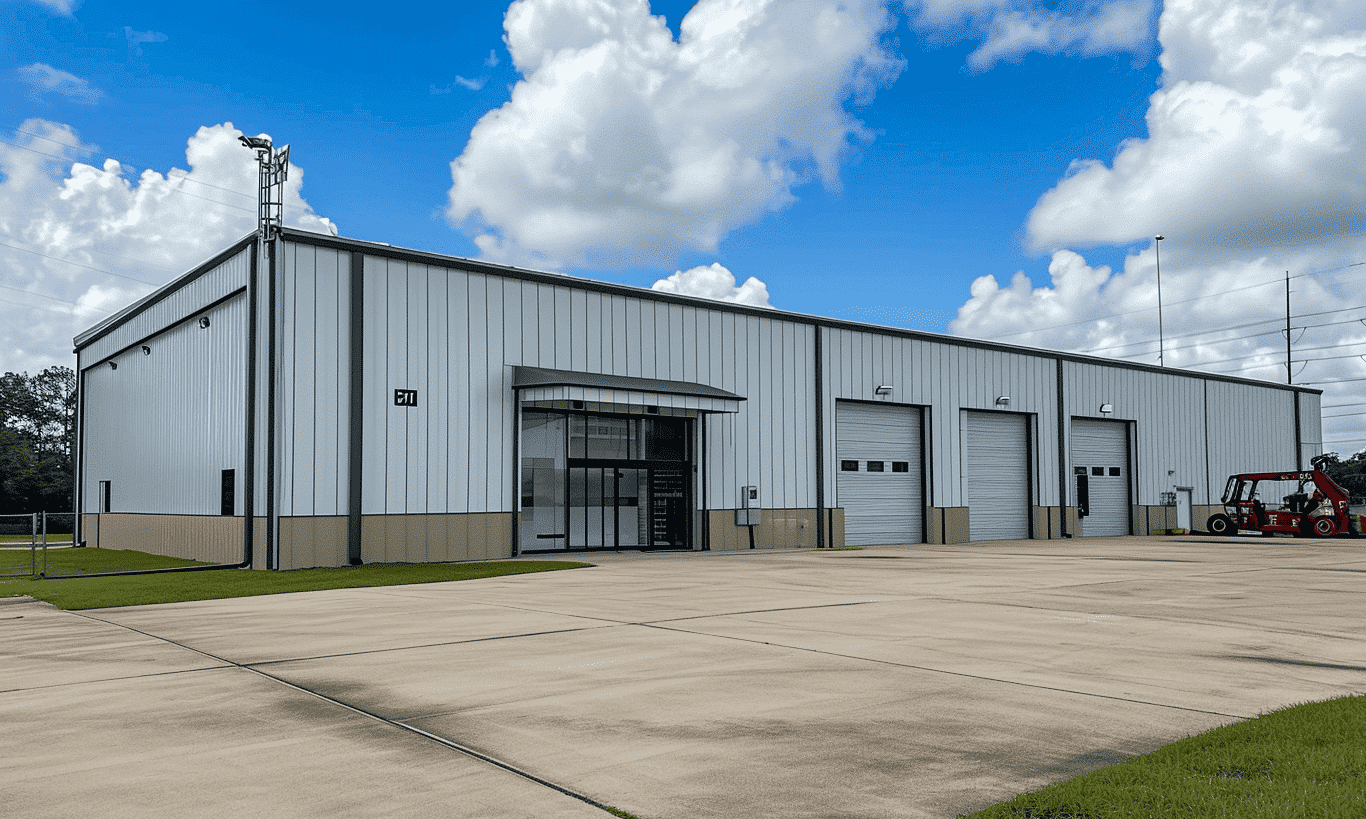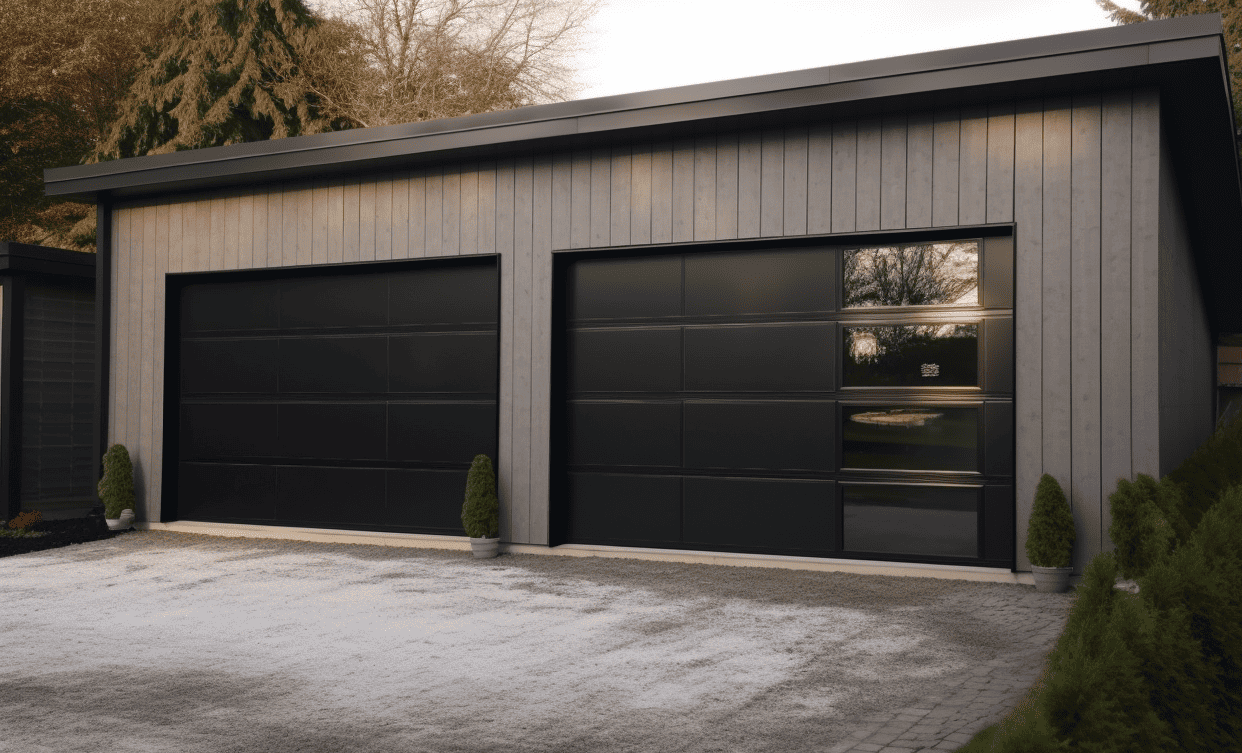In the world of construction, buildings are more than just bricks and mortar; they’re intricate tapestries woven from a variety of codes and standards. Among these, energy codes and efficiency standards have emerged as the unsung hero that covertly orchestrates how buildings consume energy. Imagine a grand symphony where these codes are the silent conductor, directing each element in harmony to ensure optimal performance. But why exactly is their influence so pivotal, especially in the context of steel structures?
Understanding Energy Codes and Efficiency Standards
Energy codes are like the rulebooks for energy consumption in buildings. They establish minimum requirements that construction projects must meet to achieve energy efficiency. Think of efficiency standards as the guidelines ensuring buildings perform their tasks with the minimal energy footprint possible.
Compliance with these codes not only leads to reduced energy consumption but also aligns with modern green building certifications. These certifications are a testament to sustainable design practices that benefit everything from real estate values to the planet itself. By incorporating such standards into their design, builders create structures that stand the test of time and environmental scrutiny.
The Role of Natural Resources Canada
In Canada, Natural Resources Canada (NRCan) develops and promotes energy codes and efficiency standards for buildings, providing a framework that helps shape energy-efficient practices across the nation. By setting a benchmark, NRCan encourages developers to improve building performance, leading to reduced greenhouse gas emissions and lower energy bills.Natural Resources Canada – Energy Codes and Efficiency Standards In turn, these standards ensure that Canadians not only contribute to global environmental goals but enjoy significant cost savings.

Environmental Chess: Steel Buildings vs. Traditional Structures
What chess piece do energy codes and efficiency standards play in the realm of steel versus traditional buildings? The answer might surprise you.
Steel buildings are akin to knights on a chessboard—unconventional yet powerful. They inherently provide significant advantages over traditional materials due to their durability, strength, and recyclability. The Environmental Benefits of Steel Buildings highlight how these modern structures contribute to reduced waste and increased efficiency.
In a world increasingly conscious of carbon footprints, steel structures align seamlessly with energy codes, enhancing metal buildings’ usability for various purposes, from commercial applications to residential conversions. This marriage between energy standards and steel not only proves advantageous today but will continue to shape the buildings of tomorrow.
The Strategic Relevance of Metal Buildings
In the quest for energy-efficient design, why do metal buildings act like a secret weapon? For starters, their robust design integrates seamlessly with modern heating and cooling systems, often requiring less energy to maintain interior climate. They are like the Swiss Army knives of construction; adaptable, versatile, and effective. With rising energy costs and mounting environmental concerns, these structures offer an energy-conscious solution.
For those engaged in the energy chess game, aspiring to integrate metal buildings into their projects could be a move that not only optimizes cost and energy consumption but enhances structural longevity and market appeal.
Golden Threads in Historic Preservation
Ever thought of energy codes and efficiency standards playing a role in preserving history? In fact, they do. In restoring historic buildings, architects face the challenge of marrying old-world aesthetics with modern-day energy efficiency. This is where historic preservation guidelines come into play, ensuring energy efficiency is not sacrificed at the altar of aesthetics.
By reimagining how standards apply to historic buildings, developers can sneak in cutting-edge energy efficiency solutions without overshadowing the structure’s time-honored character. Here, energy codes act like a gentle brushstroke, amplifying the charm of yesteryear with the benefit of contemporary sustainability tactics.
Strategies for Modern Builders
For contemporary builders striving to design sustainably and efficiently, the key lies in balancing the essential elements outlined by codes and standards. By utilizing innovative designs, they can integrate green technology and sustainable materials right from the blueprint stage. Energy codes here act as the scaffolding, supporting architects and builders as they craft dynamic, energy-smart structures that meet the pressing demands of today’s discerning occupants.

The Future is Now: Shaping Tomorrow’s Skylines
As we march into the future, the importance of energy codes and efficiency standards will only grow. Encouraging a shift from energy-greedy to energy-conscious designs becomes not only prudent but necessary for environmental stewardship.
By embedding efficiency into the very DNA of a building, developers and policymakers can shape dynamic cities that thrive both ecologically and economically. So, imagine energy codes as an architect’s compass, always pointing towards the true north of sustainable development.

Conclusion
In conclusion, energy codes and efficiency standards are not just arbitrary rules typed into manuals; they are vital documents that carry the weight of economic, environmental, and social responsibility. As we advance, these codes provide the blueprint for interconnected progress, guiding us like lighthouses navigating a journey towards energy-efficient, sustainable futures.
By harmonizing contemporary architectures like metal and steel buildings with these standards, we’re enabled not only to live harmoniously within our planet’s means but to thrive. With every building erected under such auspices, we make monumental strides toward a responsible, harmonious tomorrow—a perfect symphony conducted with the baton of energy mindfulness.










